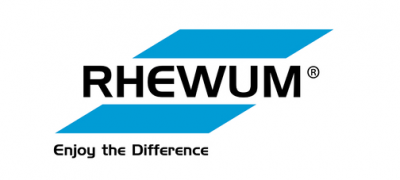FGD gypsum recycling: securing future supply
With coal plants being phased out the construction industry faces a gypsum supply challenge. Recycling becomes a crucial alternative. The global shift away from coal-fired power plants has significantly impacted the availability of Flue Gas Desulfurization (FGD) gypsum, a byproduct of these plants. With coal plants being phased out, particularly in countries like Germany where a complete shutdown is expected by 2038, the construction industry faces a gypsum supply challenge. Currently, more than half of Germany’s gypsum demand, approximately four million tons annually, is met through FGD gypsum. As natural gypsum sources are limited, recycling becomes a crucial alternative, with an estimated three to four million tons of gypsum waste available for recovery. Globally, FGD gypsum production is projected to peak around 2030, declining thereafter, especially in Europe, Japan, and potentially the USA. This shift presents both challenges, such as rising gypsum costs due to reduced FGD output, and opportunities, including a growing recycled gypsum market projected to reach $3.21 billion by 2030.
Recycling







